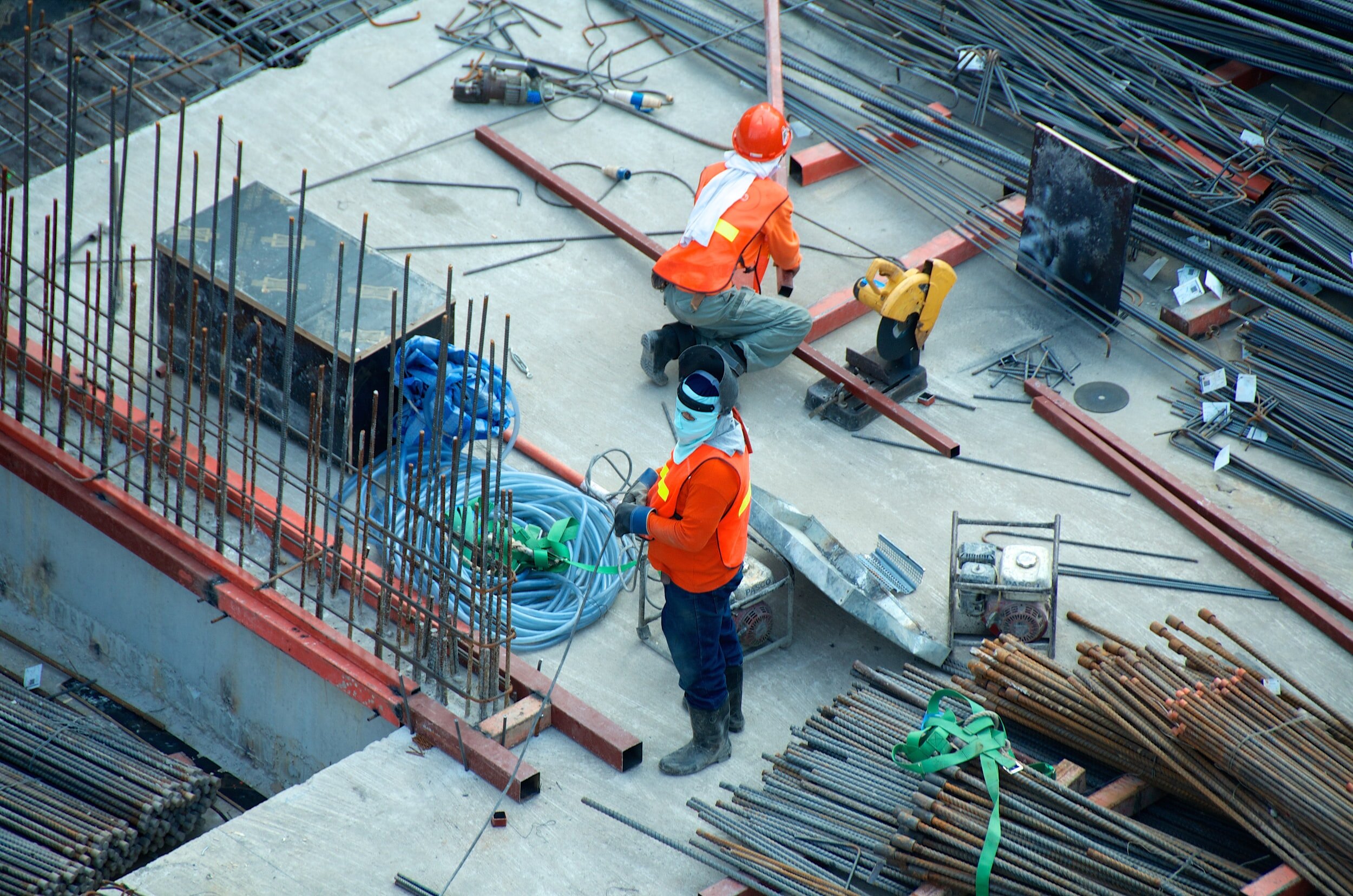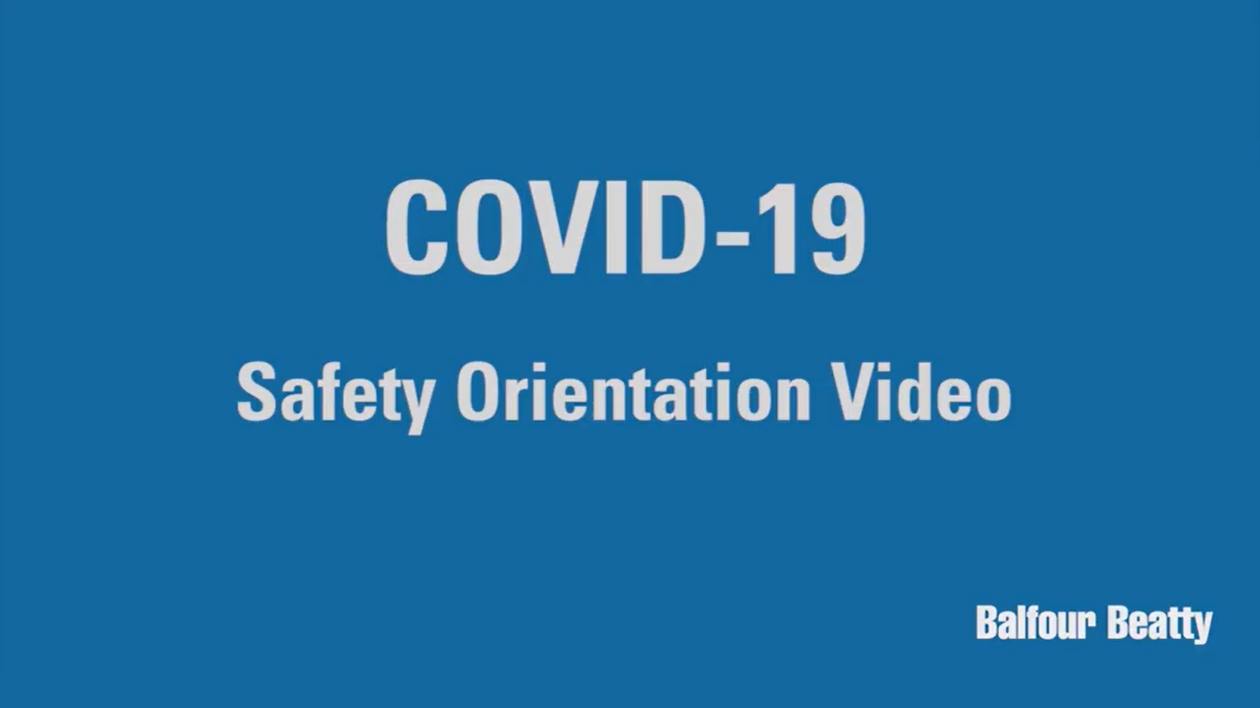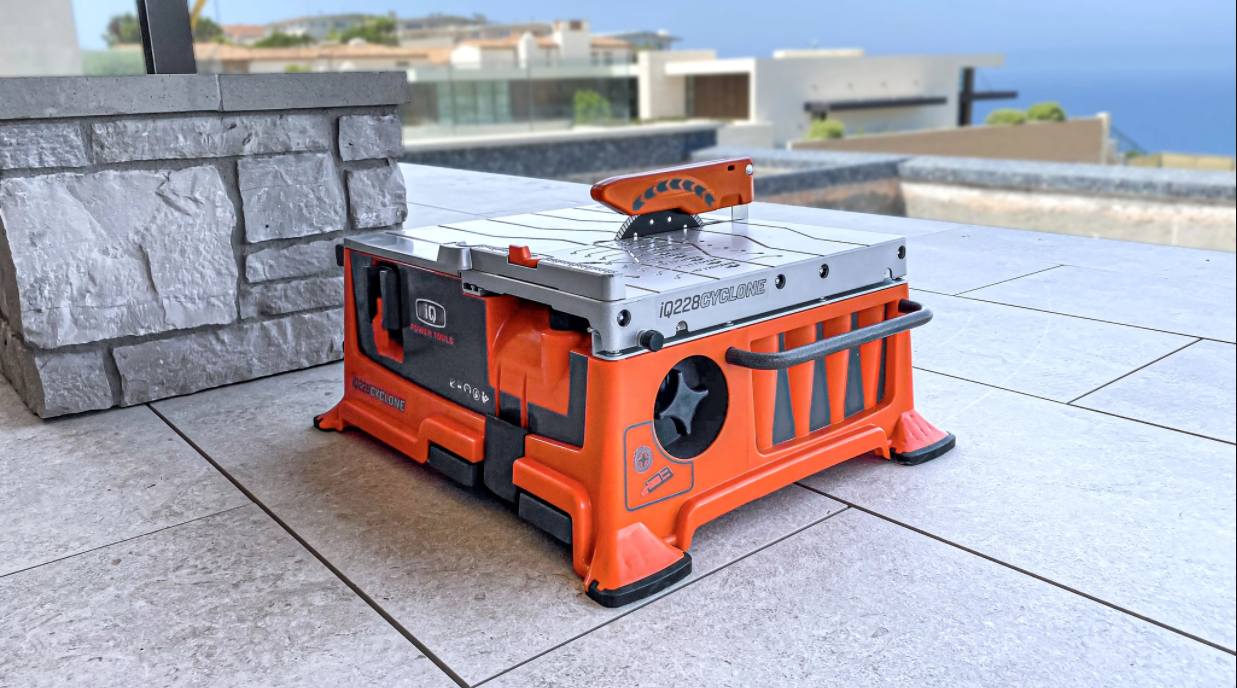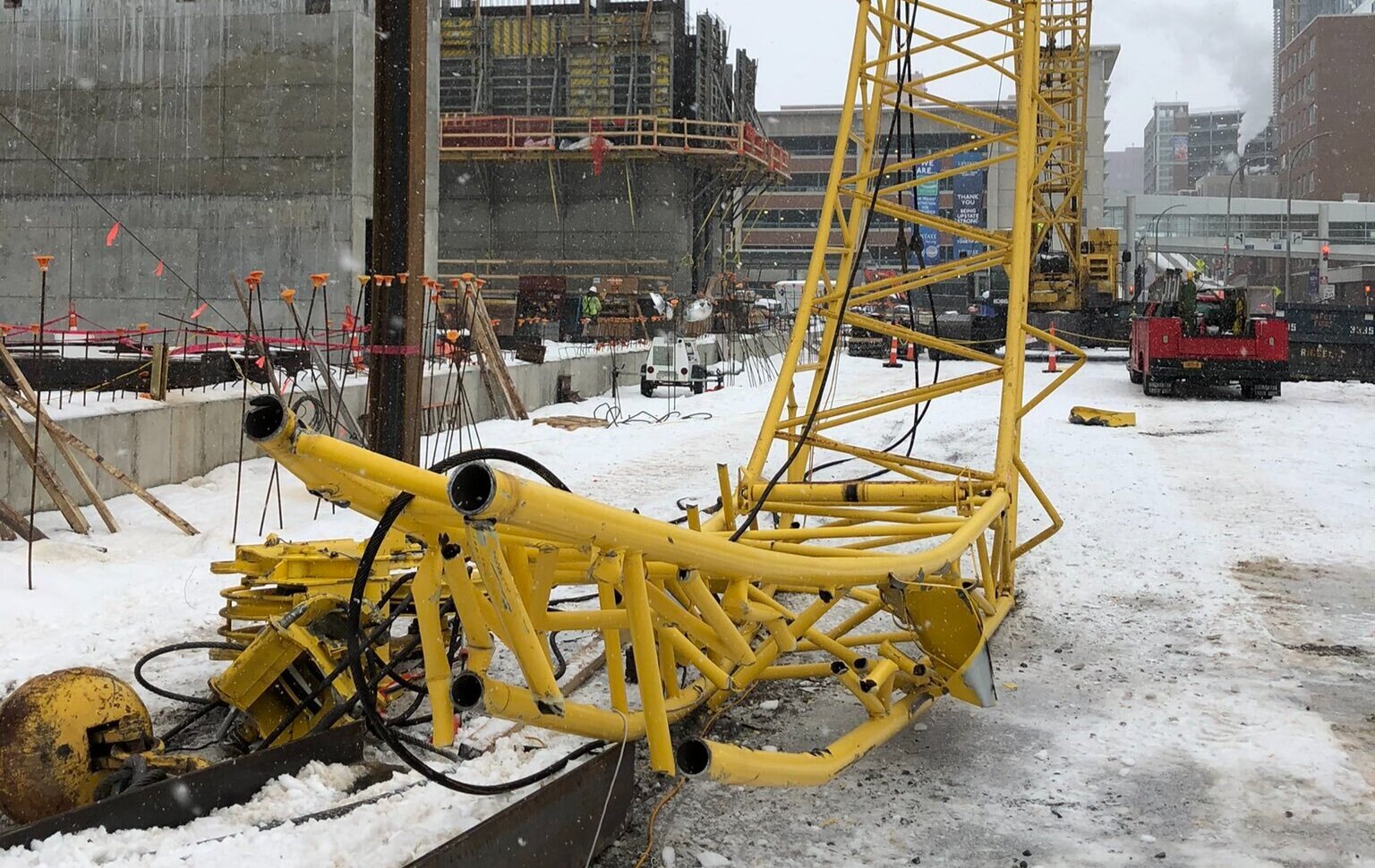The following is a guest post written by Laurence Banville, Esq.
Laurence Banville. Esq is the managing partner and face of Banville Law. Laurence is licensed to practice law in the state of New York. Originally from Ireland, Banville moved to the United States of America where he worked at law firms, refining his litigation and brief writing crafts. He is also the recipient of the Irish Legal 100 and the Top 40 Under 40 awards.
Winter is here and with it comes dangerous situations that construction workers don’t have to worry about during warmer weather. Nearly everyone is aware that construction workers should dress warmly in order to prevent medical conditions like frostbite and hypothermia, but what are some of the frequently overlooked risks associated with winter weather?
Potential Winter Construction Hazards
Winter weather can create serious safety hazards which may result in an accident that could harm or kill a workers. Commonly overlooked issues include:
The Weight Of Snow
Snow is cold, beautiful, and heavy. A few inches isn’t a big deal but when an area is hit by storm after storm and the previous accumulation hasn’t melted, the snow can literally weigh hundreds of pounds.
If the snow is on a structure that can’t handle the weight, for example a roof with a structural issue or the roof of a small shed which is holding tools and machinery, that structure will collapse - on top of whomever is unlucky enough to be inside. Then, not only could those involved be hurt by falling debris but they may actually be buried alive under the weight of the snow.
Essentially, being trapped under heavy snow is similar to being involved in an avalanche and many people are unable to free themselves and run the risk of running out of oxygen on top of the other injuries they have sustained.
Auto Accidents
While most people understand the risks of being out on the road during or just after a snow storm, for construction workers, their job may literally be to move the snow. It doesn’t matter how bad the weather conditions are - someone has to plow and clear the roads.
Plows may seem invincible but like any other vehicle, if the tires hit a slick spot the driver may lose control of the vehicle and crash. Then, they may sustain the same injuries as any other car accident victim, which frequently include:
- Broken Bones
- Traumatic Brain Injuries
- Spinal Damage
- Amputations
- Deep Lacerations
To make matters worse, the plow may be in a location that makes it difficult for emergency responders to reach the injured worker because the snow hasn’t been cleared away. For many, getting help in a timely manner is a matter of life or death so the additional wait time due to poor road conditions makes an already terrible situation much worse.
Carbon Monoxide Exposure
It’s human nature to limit exposure to the cold so of course, for many, that means closing all windows and doors. The problem is that in construction, many tools, heaters, and generators use gasoline for power and therefore produce carbon monoxide.
Carbon monoxide is odorless and colorless so workers often have no idea that they’ve been exposed until it’s too late, which is why it’s so important to be aware of the symptoms. This may include:
- Dizziness
- Nausea
- Tightness In The Chest
- Headaches
If the workers aren’t moved into an area with fresh air immediately they will ultimately lose consciousness and eventually die.
Most Accidents Can Be Prevented
With careful monitoring of all construction sites, the tools and machinery being used at those sites, and by explaining possible hazards to all employees, the majority of all accidents can be avoided. To prevent injuries and the subsequent workers’ compensation claims, all employers should provide training to every employee on how to stay safe when exposed to cold, snow, and ice.











Last summer, Hilti announced that they had developed their first exoskeleton designed for construction tradespeople in a partnership with Ottobuck, a prosthetics, orthotics, and exoskeleton provider. Earlier this month, Hilti officially released the exoskeleton, announced more details, and published its retail price on their website.